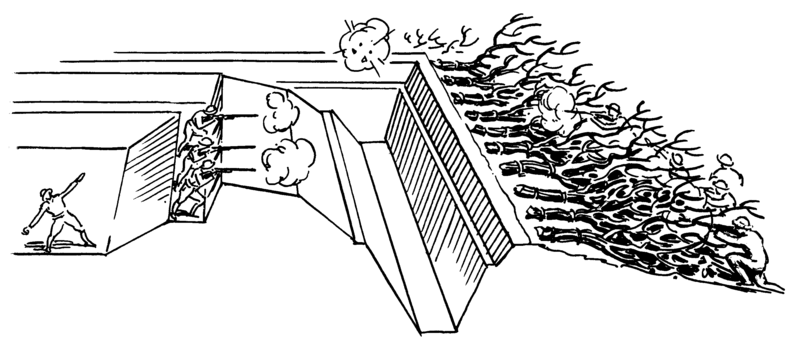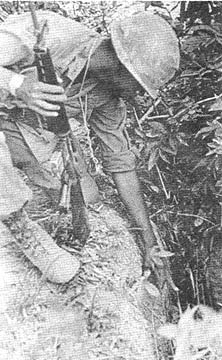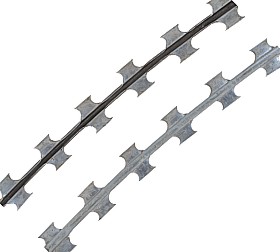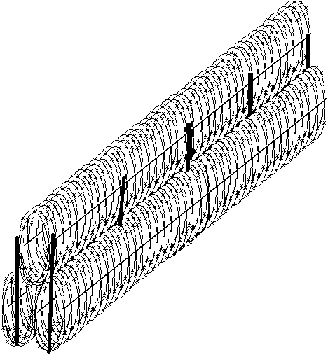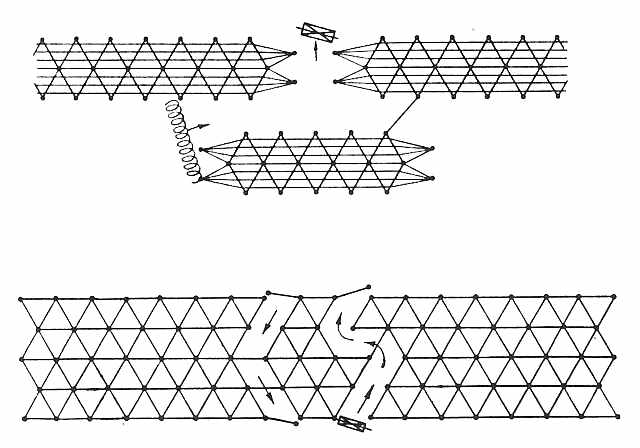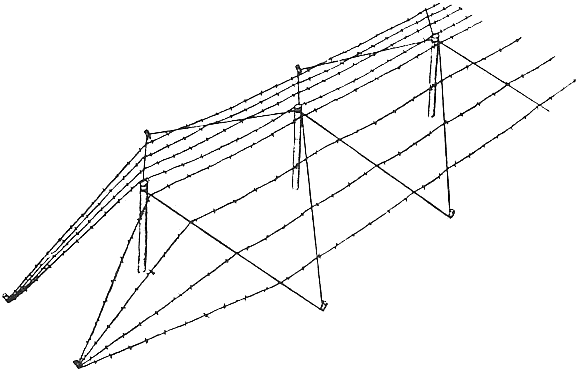Many times bugging-in is the best and safest approach to surviving. However, there may be times when bugging out is absolutely necessary. In these cases, one of the greatest keys to survival is to have one or more bug-out locations. Wandering aimlessly will inevitably lead to (more) undesirable situations.
So, what should one look for in a bug-out location (BOL)?
Proximity
Ideally, your bug-out location(s) should be close enough that you can reach them on a single tank of fuel but far enough away from your current location that you could escape potential disasters. Admittedly, this may not be possible. If not, you should plan accordingly by storing extra fuel, adding to your bug-out supplies, etc.
Give consideration, also, to the availability of fresh water and wild game when selecting a BOL site.
Provisions
Ideally, your bug-out location(s) should be well-stocked with provisions - perhaps a year's worth or more. You should have access, as mentioned, to clean, fresh water or store a year's worth of water. You should have good, long-term shelter. Your location should be secured from both human and pest invasions. Finding your year's worth of food partially eaten and completely spoiled by mice would be more than disheartening in a life or death scenario.
Power
Alternative power at your bug-out location(s) is a must. Whether you decide to depend on solar, wind, fuel-powered generators or some other off-grid power source, you will need power to live with any degree of comfort. As you make power preparations, be sure to give adequate consideration to heat - particularly in northern locations. Power for food preparation is also a key consideration.
Sanitation
Often times, sanitation does not rise to the top of preparation lists. This is unfortunate as infections from poor sanitation practices can kill you as easily as a horde of zombies. How will you dispose of human waste? How will you stay clean? How will you avoid contaminating food and water supplies? How will you treat minor injuries to ensure that they do not become infected? Sanitation supplies and practices are of significant importance to survival, in general, and especially important when planning for what may be long-term survival in a remote location.
Defense
You've kept the critters out of your food and managed to keep it from being discovered and stolen before you reached you BOL. Now, how do you defend yourself against those who may not have planned as well? How do you maintain not only your supplies but your life while, potentially, fending off significant numbers of perhaps well-armed looters, raiders or marauders? Just as important, how do you determine when and if you share your supplies with those who ask politely or attempt to trick you out of some of your supplies?
The first step is to bug-out to a location that is unlikely to be found. If your BOL is only a few hundred yards off of a major interstate, highway or thoroughfare ... you're in trouble already. It's much better to be "stuck" in a location that's miles from any paved road than it is to be visible and readily accessible to hundreds or thousands of others who may be much less fortunate than you.
Once you have identified a location that is sufficiently remote, visibility must be considered. A big house on the top of a hill with few trees to conceal it is going to be a target much sooner than a smaller house below the grade of nearby roads and concealed by trees. Assuming that your permanent shelter is not easily seen from any road, light and noise discipline are of primary importance.
With concealment, light and noise discipline in place, the next step is a set of rules, guidelines or standard operating procedures. Remember the question about sharing with those who ask nicely? Well, will you? What if a mother with two young children happens upon your BOL? Will you share with her? How will you decide? Will any other members of your group agree? Is it put to a vote or do you, alone, make the decision?
(To be continued ....)
So, what should one look for in a bug-out location (BOL)?
Proximity
Ideally, your bug-out location(s) should be close enough that you can reach them on a single tank of fuel but far enough away from your current location that you could escape potential disasters. Admittedly, this may not be possible. If not, you should plan accordingly by storing extra fuel, adding to your bug-out supplies, etc.
Give consideration, also, to the availability of fresh water and wild game when selecting a BOL site.
Provisions
Ideally, your bug-out location(s) should be well-stocked with provisions - perhaps a year's worth or more. You should have access, as mentioned, to clean, fresh water or store a year's worth of water. You should have good, long-term shelter. Your location should be secured from both human and pest invasions. Finding your year's worth of food partially eaten and completely spoiled by mice would be more than disheartening in a life or death scenario.
Power
Alternative power at your bug-out location(s) is a must. Whether you decide to depend on solar, wind, fuel-powered generators or some other off-grid power source, you will need power to live with any degree of comfort. As you make power preparations, be sure to give adequate consideration to heat - particularly in northern locations. Power for food preparation is also a key consideration.
Sanitation
Often times, sanitation does not rise to the top of preparation lists. This is unfortunate as infections from poor sanitation practices can kill you as easily as a horde of zombies. How will you dispose of human waste? How will you stay clean? How will you avoid contaminating food and water supplies? How will you treat minor injuries to ensure that they do not become infected? Sanitation supplies and practices are of significant importance to survival, in general, and especially important when planning for what may be long-term survival in a remote location.
Defense
You've kept the critters out of your food and managed to keep it from being discovered and stolen before you reached you BOL. Now, how do you defend yourself against those who may not have planned as well? How do you maintain not only your supplies but your life while, potentially, fending off significant numbers of perhaps well-armed looters, raiders or marauders? Just as important, how do you determine when and if you share your supplies with those who ask politely or attempt to trick you out of some of your supplies?
The first step is to bug-out to a location that is unlikely to be found. If your BOL is only a few hundred yards off of a major interstate, highway or thoroughfare ... you're in trouble already. It's much better to be "stuck" in a location that's miles from any paved road than it is to be visible and readily accessible to hundreds or thousands of others who may be much less fortunate than you.
Once you have identified a location that is sufficiently remote, visibility must be considered. A big house on the top of a hill with few trees to conceal it is going to be a target much sooner than a smaller house below the grade of nearby roads and concealed by trees. Assuming that your permanent shelter is not easily seen from any road, light and noise discipline are of primary importance.
With concealment, light and noise discipline in place, the next step is a set of rules, guidelines or standard operating procedures. Remember the question about sharing with those who ask nicely? Well, will you? What if a mother with two young children happens upon your BOL? Will you share with her? How will you decide? Will any other members of your group agree? Is it put to a vote or do you, alone, make the decision?
(To be continued ....)


